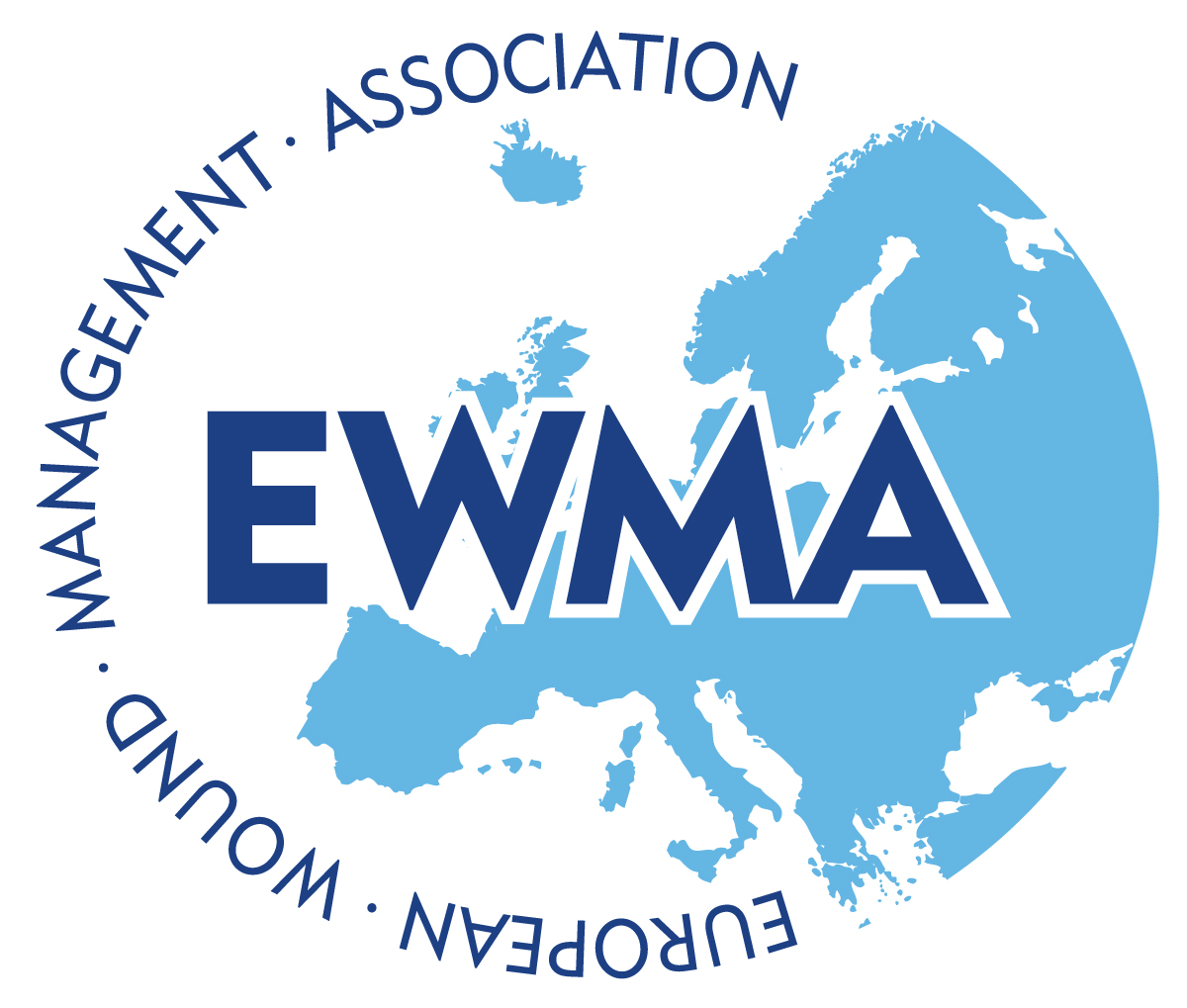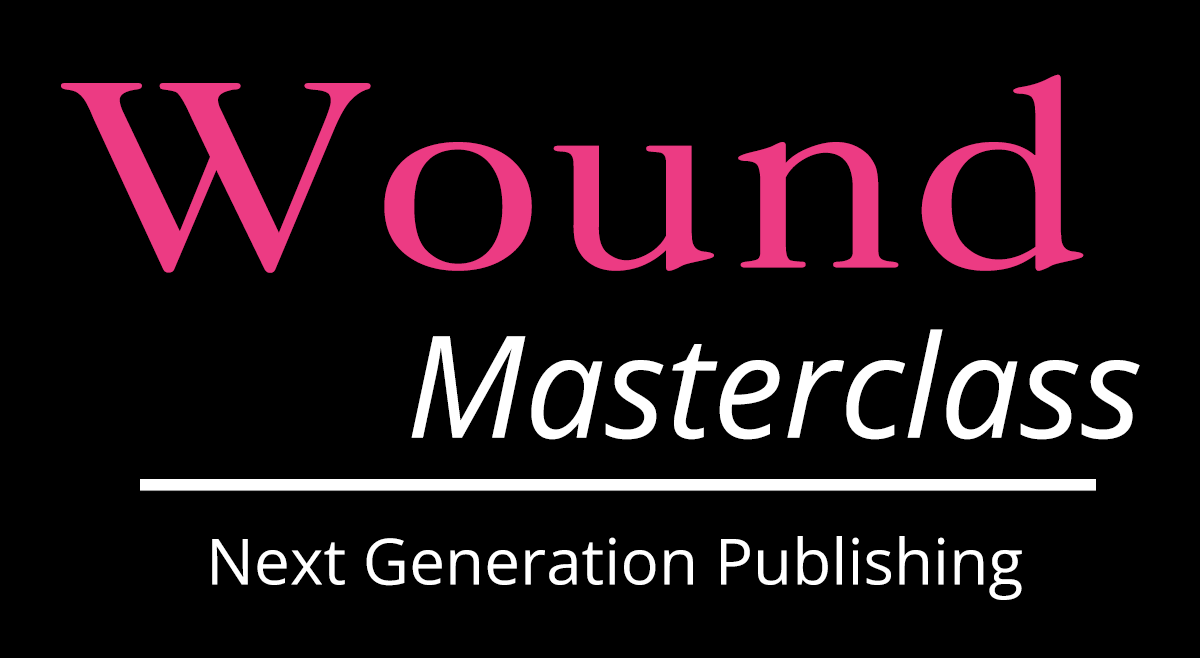Madness Among Us: Healing with the Wounds of War Suffered at Home
It happened again. Of course, the IT in this context is a mass shooting -- two, in fact -- in fewer than 24 hours last week. The horror of El Paso was swiftly replaced with the tragedy of Dayton. Any town, USA.
Who bears blame and responsibility, and whatever the politics, a fix is an issue for everyone. However, the physical wounds that result are the direct responsibility of wound care professionals.
Unless in a war zone, civilian injuries resulting from gunshots have been linked largely to handguns or rifles. It is estimated that of the 67,000 people injured from gunshot injuries each year, approximately 32,000 will die. Legislation in 2004 lifting a ban on civilian ownership of assault weapons now enables consumers to obtain them.
And since the ban on assault rifles was lifted, there has been an increase in the number of mass shootings in which assault rifles were used.
Injuries inflicted by assault rifles are very different than those received from handguns or other non-assault style weapons. Patients presenting with non-assault style wounds typically have a wound with a defined entrance and exit. There is bleeding from the laceration and there may be fragments in the wound. Provided no vital organs have been hit and provided the patient has not lost too much blood prior to being treated, there is a good chance the patient can survive.
Assault rifle victims often present to an Emergency Department with injuries so severe recovery is not likely. The damage done is beyond repair.
Bullets from assault weapons tend to shred organs as a result of the high velocity at which they leave the weapon. The speed creates more energy as it passes through the body. The injuries result from tissue moving away from the bullet as it passes and then settling – a process known as cavitation. It leaves the tissue damaged or dead, and the cavitation impacts tissue and organs several inches from the bullet path. It is like a pebble tossed in a lake and the resulting eddies or concentric rings moving outward from the point of where the pebble entered the water, followed by the water becoming still again. The result may be injuries to organs not touched directly by a bullet but injured by the eddies created by the bullet path. The entry wound may be small, not unlike that of traditional guns. However, exit wounds from assault weapons tend to be large. Some bullets are designed to expand and fragment on impact and the exit can be as much as 12 inches in diameter.
Even if an assault weapon victim arrives to an Emergency Department alive, the tissue and organ damage may be beyond repair. Those who survive and receive life-saving surgery face long recoveries and require unique and ongoing wound care.
Long term treatment of victims of assault weapons parallels war wound care. Post- surgery, there are many concerns for survival. For wound care, the concern is for infection. Infection can result from residual dead and contaminated tissue or from foreign body material remaining in the wound. If that occurs, additional surgery may be necessary to remove it.
Leaving a wound open for healing may be indicated. Doing so allows for unrestricted swelling, exudation of serum from tissue, avoidance of an anaerobic environment, and to assure there is no residual dead and contaminated tissue.
Open wounds still require dressing. Dry and loose gauze may be indicated for wounds over tendons or with exposed bones. The gauze may be kept moist with saline. Cavities should not be packed but the dressings should be able to absorb blood and serum from the wound. The dressings should not contain petroleum jelly but antibiotic ointment may be used. All dressings should be non-constrictive, never tight, and there should be no adhesive encircling a limb. Doing so increases the risk of constriction. Plaster of Paris (POP) may be used for large wounds and for injuries near joints. If used, POP should not encircle the wound but serve as a support and remain split to the skin so the wound remains open.
As the wound heals, it is recommended not to examine it until 4-6 days after surgery. When changing dressings, do so to the outer dressing, leaving intact that in direct contact with the wound. This reduces the chance of cross-infection, avoids disturbing the wound healing process, avoids causing added pain to a patient, and reduces the amount of time and resources expended by a wound care provider.
Measuring progress includes monitoring for fever, examining for redness or tenderness around the area of the wound, odor from the dressing, and visually determining whether the dressing remains clean.
When the recommended time has passed for the wound to begin healing, look to see whether the wound is clean and red – both indicators of granulation as new tissue is formed. Note whether the deepest dressing is dry and hard indicating exudation. Gauze should remove easily with gentle pressure. These are indicators of improvement and healing.
If the patient has a fever, the dressing is wet with little bleeding and if the wound appears wet and shiny, shows pus, and skin erythema, the wound is not healing and different interventions are needed.
The physical wounds are only part of the damage done by assault weapons in shootings, mass or otherwise. The mental trauma from surviving either from physical wounds or guilt that others did not survive can be almost as difficult to heal. As part of a collaborative treatment team, wound care providers and all members of the treatment team must tend to the mental healing of the patient too. As the visible wounds heal, the invisible ones need equal but different attention.
Wound care providers and trauma teams can go to work together after a mass casualty from assault weapons, and their exquisite skills can result in almost miraculous outcomes. But these are skills no health care provider wants to be called upon to deliver. Until there is multi-platform change, health and wound care providers stand ready to put the pieces back together.
For additional information, see (co-authored by AAWC’s Ruth Bryant, PhD, MS, RN, CWOCN) Nelson V. et al, Traumatic Wounds: Bullets, Blasts, and Vehicle Crashed. In Bryant, R. Nix, D. Coeditors: Acute and Chronic Wounds: Current Management Concepts, 5th Edition. St. Louis, Mosby/Elsevier January 2016
https://reference.medscape.com/slideshow/gunshot-wounds-6008960#19
https://tcf.org/content/commentary/the-assault-weapons-ban-did-it-curtail-mass-shootings/?session=1
https://www.outsidethebeltway.com/the-difference-between-ar-15-and-normal-gunshot-wounds/
https://www.nytimes.com/2018/03/04/health/parkland-shooting-victims-ar15.html
https://www.icrc.org/en/doc/assets/files/other/icrc_002_0570.pdf


The AAWC welcomes comments and feedback about the newsletter. All articles are written by AAWC members based on topics of interest to them and membership at large. All are welcome to submit topic ideas and on approval, write a 500-750 word article for the weekly newsletter. If you would like to participate in this, please contact us at [email protected].
Unfortunately the author has chosen this medical site to serve as his political podium.By using the poorly defined generic term assault weapons he has shown his anti-gun bias. The truth remains that a very low percentage of shootings in this country in this country are caused by rifles of any kind. They just tend to be dramatized by the media as "news".Funny how they never report the shootings that were stopped.I also question the claim that almost half of those shot do not survive although I don't have the numbers to prove it. Many factors contribute to trauma deaths.In reality all high speed projectile/trauma causes a cavitation effect on surrounding tissues as the energy dissipates regardless of the source. Theory of relativity tells us that energy can't be created or destroyed so the projectile does not create energy as it passes through the body.Once the initial injuries have been stabilized and the bleeding has been stopped these wounds are no different than the wounds from other major trauma that surgeons and associated healthcare providers have been dealing with for years. If I had waited 6 days to look at an open postop wound I would have been released from my residency.Psychological consequences are part of any trauma and are a part of what we deal with as healthcare professionals.Address the real problem. Car accidents kill people every day but we're not banning cars. Guns don't kill people. People kill people. More control just takes away our ability to protect ourselves from those people.